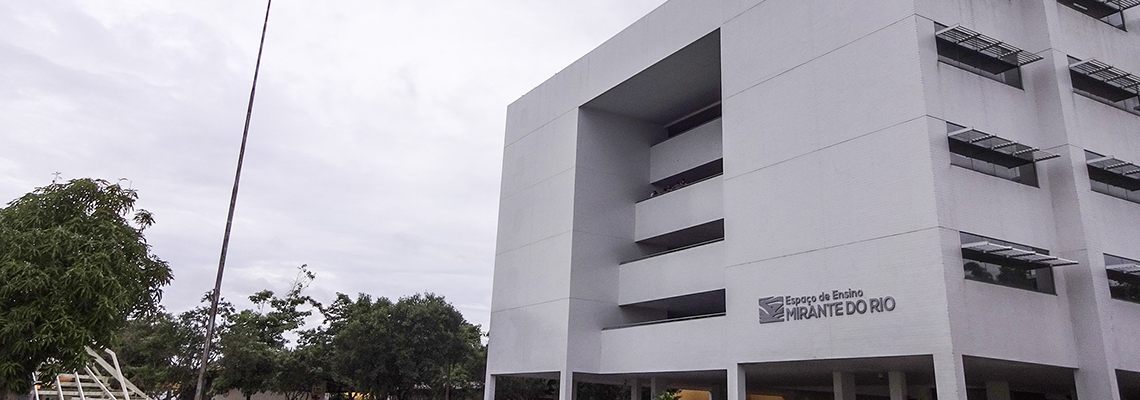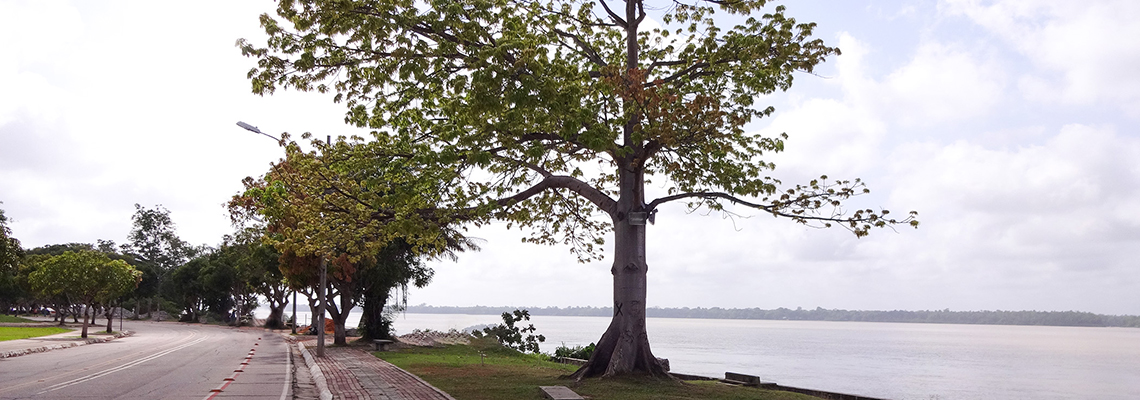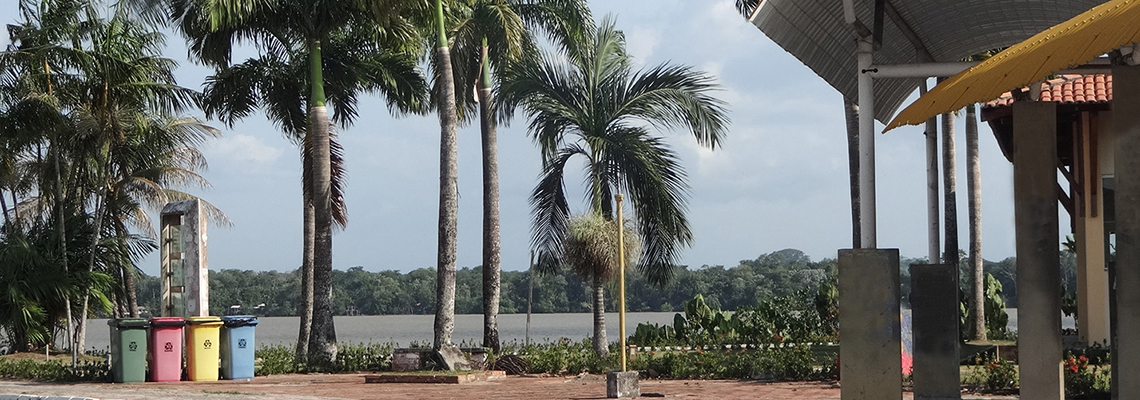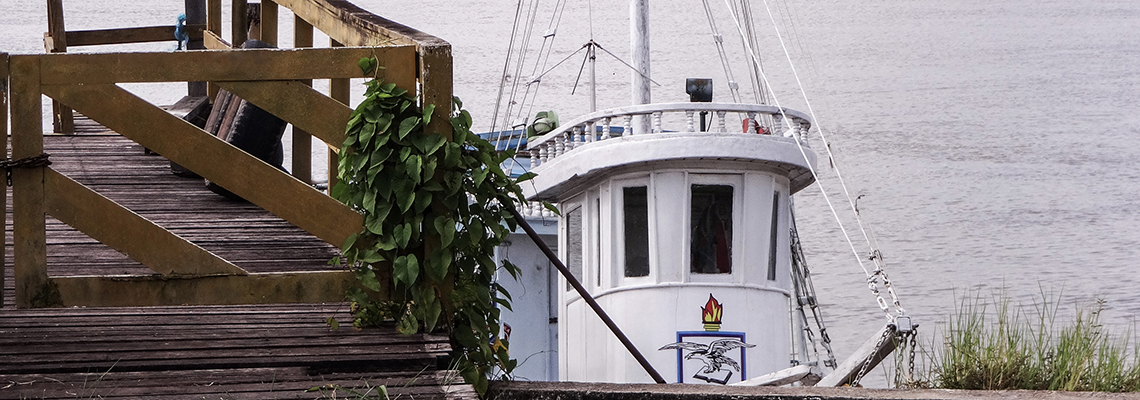Area of Concentration: Analysis
Research line:
Partial Differential Equations
Study of theoretical and applied aspects of mathematical problems involving Linear and Nonlinear Partial Elliptic Differential Equations, Mathematical and Numerical Analysis of models involving viscous and incompressible fluids. These problems are characterized by their deep mathematical importance when using relevant techniques such as Variational Methods, Fixed Points, Multiplicative Techniques, Galerkin's Method and others.
Research line:
Hyperbolic Partial Differential Equations, Parabolic and Applications
In this Research Line, several topics are addressed, among which we highlight:
A) Assinotic Analysis of Evolutionary Models: the main objective of this research line is to detect qualitative properties of the solutions of significant models of partial differential equations of linear or nonlinear evolution, more precisely the type of behavior of the solutions when the time T is very great. It is almost impossible in these models to have the explicit solution of the problem, but using the Lyapunov theory as well as the semigroup theory of linear operators we can in several situations find uniform decay rates of the solutions, either exponentially or in the polynomial sense.
B) Assinotic behavior of partial differential equations coupled with dissipative mechanisms. Timoshenko-type systems, coupled wave systems, poroselastic systems, among others, are extensively explored in the context of stabilization.
C) Numerical Analysis of Solutions Associated with Evolution Problem: analyze the properties of uniform exponential stability for hyperbolic or parabolic systems in the context of numerical analysis, mainly, systems in which the exponential decay property does not run or happen in a conditioned way, such as for Timoshenko dissipative systems, parallel coupled wave systems with mechanical dissipation mechanisms, whether global, localized, or punctual. In addition to numerical exponential decay issues, we can also analyze the issues of optimal approximation rates.
Area of Concentration: Geometry
Research Line:
Geometric Analysis
The extension of the analysis of differential operators in domains of Euclidean space to the context of Riemannian varieties is a modern and relevant topic that involves geometric and analytical concepts and has received much attention in the recent literature. Its techniques have already allowed solving problems that have remained open for decades, such as the famous Poincaré Conjecture. Our investigators have investigated, in this line, problems related to differential equations in curved geometric environments. The tools used alternate according to analytical or geometric aspects. One of the proposals is to extend to Riemannian varieties the most relevant results already existent for domains of Euclidean space. Metric flows are considered for a better understanding of the geometric entities of a Riemannian manifold, for example, the eigenvalue of eigenvalues of elliptic operators. We will investigate problems involving prescribed curvatures using, among other tools, the theory of existence and regularity of nonlinear elliptic equations. In addition to characterizations of Riemannian varieties via classical tools of analysis and geometry, such as the calculation of variations and geometry of sub-varieties.
Research Line:
Geometry of Sub-varieties
The research works on the line of geometry of the su-bvarieties mainly comprise two topics: A) Immersions of Khalerian Varieties: the work program proposed in this topic consists mainly of the study of several problems related to immersions of kahlerian varieties in symmetrical spaces. The ambient space may or may not have a complex structure. Such problems involve harmonicity, pluri-harmonicity, holomorphy, isotropy, stability, rigidity, topological and geometric constraints, and so on. This research line involves: 1) The Characterization of Extrinsically Symmetrical Kählerian Submanifolds, such as the CPn standard dive in Euclidean spaces; 2) The Stability Study of Pluri-Minimal Immersions; 3) The study of how the stability of the Gaussian application F, with values in the grassmanian Gm (Rn), of an immersion ppmc f in Rn, influences the characteristics of the immersion; 4) The Study of Riemanian Submersions with fibers (2,0) -geodesic or ppmc. This study naturally leads to other problems such as: 1) The Stability Study of Pluri-Minimal Immersions, when the ambient space has complex structure, such immersions are in an intermediate situation between the minimum and the holomorphic, since all holomorphic sub-varieties are pluri-minimal and all pluri-minimal are minimal, but the reciprocal ones are only valid in special cases. It will be important to obtain conditions that characterize the stability of such immersions or that allow the estimation of Morse indices; 2) The study of how the stability of the Gaussian application F, with values in the grassmanian Gm (Rn), of an immersion ppmc f in Rn, influences the characteristics of the immersion. We have already shown that the geometry of f is strictly related to the geometry of F; 3) The Study of Riemanian Submersions with fibers (2,0) -geodesic or ppmc. The (2.0) -geodesic immersions of a variety of Kähler M in Rn were classified by D.Ferus. In the case where immersed variety has dimension 2, immersions whose average curvature vector is parallel in some symmetrical spaces, such as complex projective spaces, products of spaces of constant curvature, etc., will be considered, looking for the essential codimension and the discretion of the immersion when the surface has zero genus or satisfies other properties. B) Homogeneous Harmonic Subvariety: this topic deals with harmonic applications defined in a complex variety and taking values in a homogeneous space. The geometry of these sub-varieties are studied from the invariants associated with the action of a Lie group on the homogeneous space and in particular on the sub-variety.
Research Line:
Signal Processing
Optical flow is a rich source of information about the geometry of rigid objects. In this Research Line we intend to use 3D cameras together with global constraint methods to obtain solutions of the equations that relate the optical flow to the object's geometry and displacements. Also in this line we can address a number of inverse problems, among which the overlap of linear structures in X-ray images, occlusion, and multiple displacements in transparencies are typical examples, can be written as a total contraction between tensors Rij..k Cij ..k = 0 (sum n) where C = ulxu2 ... xuN (tensor product of N vectors). We try to identify conditions that allow to determine C, as an applied research work we can develop a plenoptic chamber. This part of the research has a more practical connotation. The camera can be constructed from a high-resolution camera and a microlens array. Each pixel in a camera image is made up of small images. Each one corresponds to a microlenz. There is thus a collection of low-resolution images that can be combined differently to obtain high resolution images. We can then investigate whether this collection of small images allows us to retrieve information about the geometry of the photographed object.
Research Line:
Geometric Control Theory
The researchers of this line dedicate themselves to the study of the Optimal Control in Lie groups and Sub-Riemannians Metrics. It is a research project in mathematics that brings together three related areas: Differential Geometry, Sub-Riemannian Structures and Optimal Control Theory, involving the following topics: Optimal Control for Linear Systems in Lie Groups and Homogeneous Spaces and Wave Fronts, Singularities and Causes in Homogeneous Sub-riemannians Varieties.








